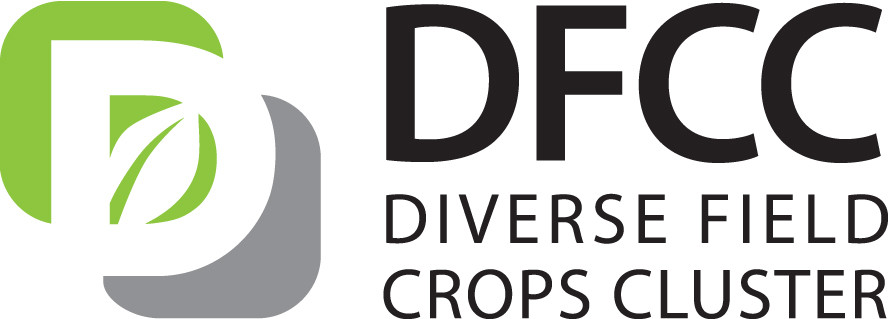Researchers take proactive approach to flax quality
The Canadian flax industry is taking a closer look at cadmium levels in their crop as a proactive measure to make sure the crop is prepared for changing market demands.
Cadmium is a naturally occurring heavy metal that is toxic to humans. It is present in many soils at varying levels and can be taken up by crops and then introduced (in tiny amounts) into food.
Flax will accumulate cadmium into its tissues more than some other crops. The industry is taking this matter seriously.
Axel Diederichsen, a research scientist for Agriculture and Agri-Food Canada’s Plant Gene Resources of Canada, is leading a project under the Diverse Field Crops Cluster (DFCC) to examine cadmium uptake characteristics in Canadian flax.
To find a genetic solution for the issue, Diederichsen and his team of collaborating scientists at AAFC and the University of Saskatchewan will focus on two main objectives:
1) Determine the differences in flax’s uptake of cadmium across a wide range of diverse germplasm.
2) Generate genetic and phenotypic data and identify germplasm lines for use in future low-cadmium flax breeding programs.
The research team has been making great progress in their evaluations of 168 pure parent lines of flaxseed.
“We now have DNA sequencing data of these lines,” says Diederichsen. It’s an essential piece to the puzzle that will later be associated to data on cadmium uptake in these lines.
With the genetic information in hand, the team has taken their work into the fields. The field trials are being carried out across three different locations in Western Canada with planting sites selected based on the natural cadmium content in the soil – two sites with high concentrations and one with low concentrations.
Diederichsen is working with flax breeders for the field trials. “They are very involved in the phenotypic experiments at the three locations to ensure we have useful data they can use and integrate into future breeding programs,” he explains.
The team completed its first field trial in the 2020 growing season and plans to replicate it in 2021.
Once all the data is collected, the research team can start putting the pieces together by matching genetic markers and plant characteristics to cadmium uptake levels in the plants. “From the field trials we can get a very good characterisation of each line,” he says. “Having very good phenotypic and genotypic data, we can match the two and see where there are certain associations with high or low cadmium uptake.”
Diederichsen says the information and germplasm generated through this project will be valuable to industry and he is confident that this collaborative effort will ensure long-term success.
“Plant breeders can put it to use and create a product that is extremely useful for flax producers.”
Written by Janna Moats
___________________
This DFCC activity is led by SaskFlax with funding from Agriculture and Agri-Food Canada’s Canadian Agricultural Partnership program and SaskFlax.
The Diverse Field Crops Cluster (DFCC) is a unique alliance of industry partners: Canadian Hemp Trade Alliance, Canary Seed Development Commission of Saskatchewan, Saskatchewan Flax Development Commission, Smart Earth Camelina Corporation, Manitoba Crop Alliance, Mustard 21 Canada Inc, and Northern Quinoa Production Corporation. DFCC aligns industry and research stakeholders to seize market opportunities and accelerate the acreage and market returns of special crops. Ag-West Bio leads this five-year research cluster which is funded by Agriculture and Agri-Food Canada’s Canadian Agricultural Partnership program and industry partners.

